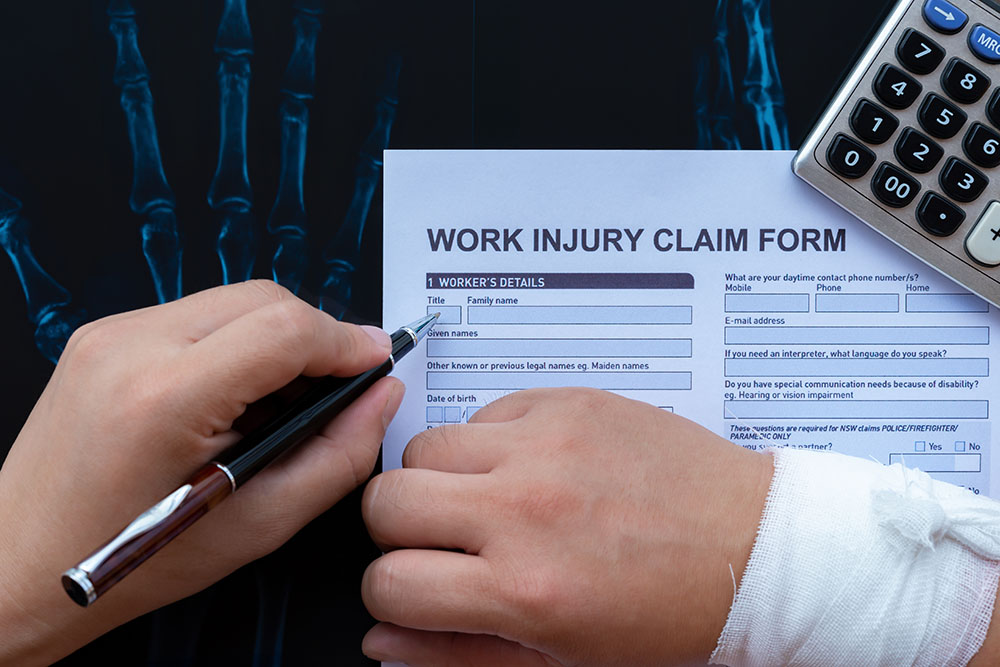Dealing with the long-term disability claims process for Cigna can seem daunting at first. Many people might feel overwhelmed by the paperwork and legal terms. Understanding these processes clearly is important for a smooth experience. Having some knowledge about how Cigna operates can also help in managing insurance requests more effectively.
This guide aims to make the process easier by breaking it down into manageable parts. Here, we will explore what “Cigna Long-Term Disability Claims” entails and why it’s important for individuals to familiarize themselves with this process. By grasping the key concepts, you can better position yourself for success when it comes to filing a claim and managing expectations.
Understanding Cigna’s Long-Term Disability Policy
When dealing with long-term disability claims, Cigna has specific guidelines and definitions. First, it is useful to understand that disability insurance typically replaces a portion of your income if you become unable to work due to illness or injury.
Key Definitions:
– Own Occupation: Refers to your ability to perform the main duties of your specific job.
– Any Occupation: Involves the capacity to work in any industry that you might qualify for based on your education, training, or experience.
Coverage Specifics:
– Your policy outlines specific conditions, periods of coverage, and percentage of income replaced.
– It is important to check any pre-existing conditions that might affect your eligibility.
Understanding the terms in your policy helps ensure you are aware of what is covered. Cigna provides a variety of options suited to different individuals’ circumstances. For example, someone recovering from extensive surgery may be unable to return to a physical job for an extended period. Recognizing these nuances in your policy can help you prepare and gather necessary documentation before filing a claim, making the process more straightforward.
Common Challenges in the Long-Term Disability Claims Process
Despite clear policies, challenges do arise. People often face hurdles when submitting a claim or dealing with the aftermath of a denial. Here are some common obstacles:
1. Documentation Requirements:
– Providing thorough medical records and doctor’s assessments is crucial.
– Missing or incomplete documents can lead to unnecessary delays or rejections.
2. Typical Issues and Denial Reasons:
– Misunderstanding policy language, which can lead to invalid submissions.
– Lack of clear medical justification for the disability can lead to denials.
3. Tips to Avoid Denials:
– Always review your policy thoroughly to ensure understanding.
– Engage with healthcare providers to obtain comprehensive and supportive documentation before submitting claims.
By being aware of these common pitfalls, claimants can equip themselves better to handle the process. This preparation not only smooths out their experience but also increases the likelihood of a successful claim. Understanding the details upfront can save a lot of time and frustration down the road.
Steps to Successfully File a Cigna Long-Term Disability Claim
Getting prepared before you actually file a claim helps make the process run smoothly. Begin by gathering all the necessary information. Pre-filing preparation might include understanding the specifics of your policy and ensuring you have all the medical records that support your claim. This groundwork lays a solid foundation for a strong application.
Filling out the claim form correctly is crucial. It is important to pay attention to detail, as errors could delay processing. When you fill out the form, make sure to use precise language. Describe the nature of your disability clearly and attach all required documents to avoid hiccups. These might include:
– Doctor’s assessment or medical reports
– Proof of income, like recent pay stubs
– Documentation of any medical expenses related to your disability
Having these documents ready at the start can help prevent unnecessary delays and boost your confidence while filing.
What to Do if Your Long-Term Disability Claim is Denied
If your claim gets denied, stay calm and think of it as a chance to refine your approach. The first step is understanding the denial reason. Cigna usually provides an explanation, which is useful for what comes next.
Once you know why your claim was denied, you can start working on an appeal. Keep in mind, preparing a successful appeal often requires the same level of detail as the original claim, if not more. Here is what you might do:
1. Review the Denial Letter: Understand the specific reasons your claim didn’t pass.
2. Gather Additional Evidence: Obtain further medical documentation or expert opinions if needed.
3. Craft a Strong Appeal Letter: Address the denial reasons clearly and reiterate your case.
Considering when to hire legal assistance can also make a significant difference. Sometimes, having professionals guide you through the appeal process can increase the chances of successfully overturning a denial, ensuring that all necessary steps are taken.
Final Thoughts on Handling Cigna Long-Term Disability Claims
Dealing with long-term disability claims takes patience and careful attention. By understanding your policy, preparing correctly, and knowing how to handle potential denials, you stand a better chance of achieving a favorable outcome. Keeping detailed records and staying proactive throughout can ease anxieties and provide smoother navigation through the claims journey.
Remember, persistence is key. Consult trustworthy resources if things get complicated, and do not hesitate to ask for help. Support systems exist to guide you—use them to your advantage to simplify what can feel like a complex process.
If you’re facing challenges with Cigna long-term disability claims and need experienced legal help, reach out to Greg Jones Law, P.A. Our team is ready to assist you in navigating the complexities of your claim. Let’s work together to achieve the outcome you deserve.




